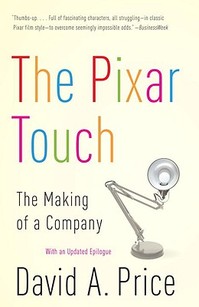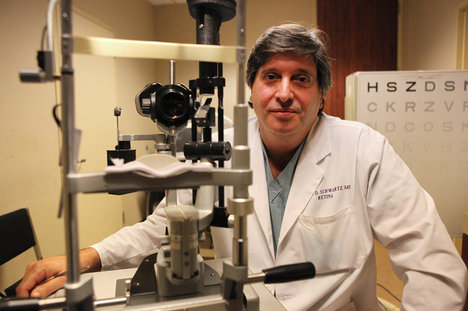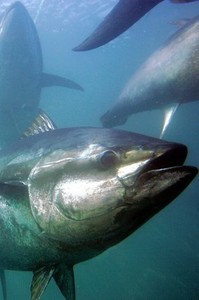
Marco Rubio. Source of photo: online version of the NYT article quoted and cited below.
(p. 10) Your parents came to Miami from Cuba in the 1950s. Your dad became a bartender, and your mom worked as a hotel maid, among other jobs. Was it always clear that you wouldn’t follow them into a service job?
The service industry is hard, honorable work, but early on my parents drove it into us that a job is what you do to make a living; a career is when you get paid to do something that you love. They had jobs so I could have a career.
. . .
Koch Industries, Goldman Sachs and Morgan Stanley are among your top career campaign contributors. What do you say to people who believe that they’re investing in you so that you’ll push to overhaul the tax code to their benefit?
People buy into my agenda. I don’t buy into anyone’s agenda. I tell people what I stand for, and the things I’ve stood for were the same at the very beginning, when none of those people were giving me money.
For the full interview, see:
ANDREW GOLDMAN, interviewer. “TALK; Marco Rubio Won’t Be V.P.” The New York Times Magazine (Sun., January 29, 2012): 10.
(Note: ellipsis added; bold in original.)
(Note: the online version of the interview has the date January 26, 2012.)





